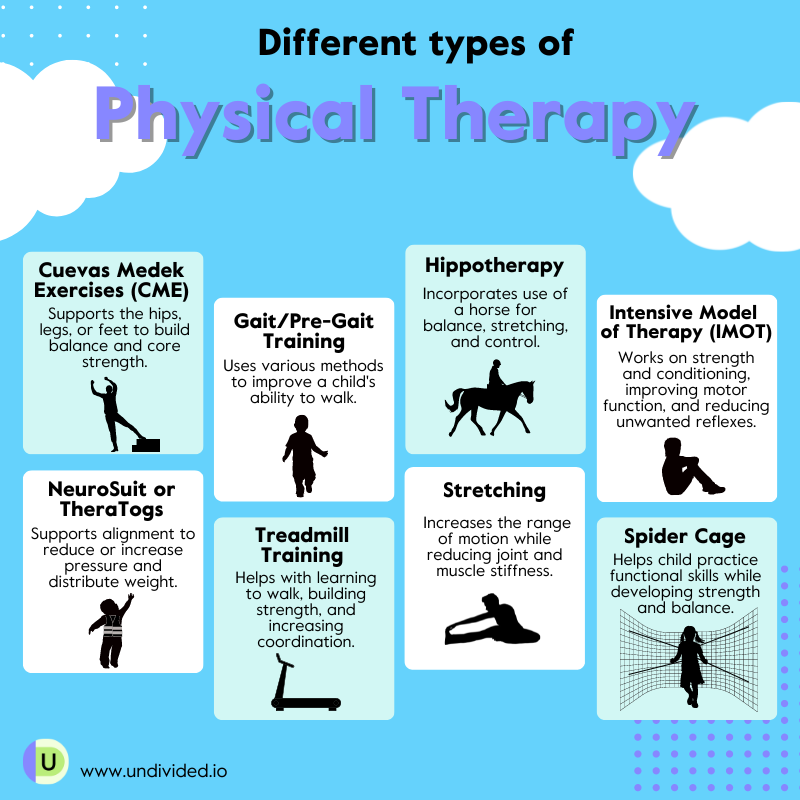Efficient Methods for Alleviating Breathlessness in Physical Rehabilitation Appointments
Efficient Methods for Alleviating Breathlessness in Physical Rehabilitation Appointments
Blog Article
Breathing difficulties, or trouble breathing, is a frequent issue that many individuals face, particularly those with long-term lung conditions, heart issues, or other health concerns. In rehabilitation therapy appointments, addressing breathing difficulties is essential for helping patients improve their overall quality of life. By utilizing specific methods and strategies, physical therapists can help patients in managing their breathing difficulties. Grasping these efficient approaches can enable both therapists and patients to work together more effectively in overcoming obstacles related to breathing difficulties.
One of the main methods used to alleviate dyspnea in physical therapy is the practice of regulated breathing activities. These activities often concentrate on abdominal breathing, which encourages patients to use their diaphragm rather than their upper thoracic muscles when breathing in. This approach helps to maximize lung capacity and effectiveness. Additionally, pursed-lip breathing is another approach that can be beneficial. This method requires inhaling through the nose and breathing out slowly through compressed lips, which can help to keep airways open longer and make breathing feel easier. By including these activities into therapy sessions, physical therapists can provide patients with strategies to control their dyspnea both during and beyond of their appointments.
Another important element of managing dyspnea in physical therapy is the creation of an personalized exercise program. Tailoring exercises to satisfy the individual needs and capabilities of each patient is essential. Therapists should gradually integrate aerobic exercises, such as ambulating or biking, in a structured manner, allowing patients to build their endurance over time. This incremental approach helps patients click here to find out more to feel more at ease with fitness activity while at the same time improving their lung function and overall endurance. It is important for therapists to monitor patients carefully during these activities to ensure they are not overworking themselves, which could result to increased shortness of breath.
Teaching also plays a major role in reducing dyspnea during physical therapy sessions. Providing patients with knowledge about their condition and the mechanisms behind breathing difficulties can enable them to take control of their health. Therapists can explain how elements like anxiety, posture, and surrounding conditions can influence breathing. By understanding these ideas, patients can learn to control their issues more effectively. Techniques such as anxiety reduction methods and proper body mechanics can further assist in reducing the effects of dyspnea during daily activities and therapy appointments.
In summary, effectively reducing breathing difficulties in physical therapy sessions involves a combination of breathing activities, individualized exercise programs, and patient teaching. By applying these effective approaches, physical therapists can assist patients manage their respiratory difficulties and improve their overall health. Working together between therapists and patients is essential to create tailored interventions that meet individual needs. With the right support and techniques, patients can experience relief from breathing difficulties and participate more completely in their physical therapy journey, ultimately leading to a better standard of life.